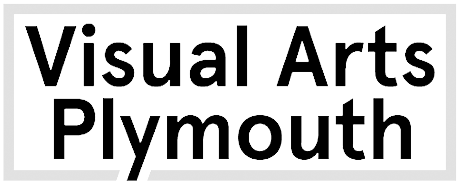COLLAGING UNION
Here is an activity that went to some people as part of the project. You can see some of the results in the gallery. I’ve made it available here in digital form.
I started thinking about the work by researching the street and making collages. For me, collages are all about union - bringing two or more individual elements together to produce a new thing, that says something stronger or different because of the combination of different pieces.

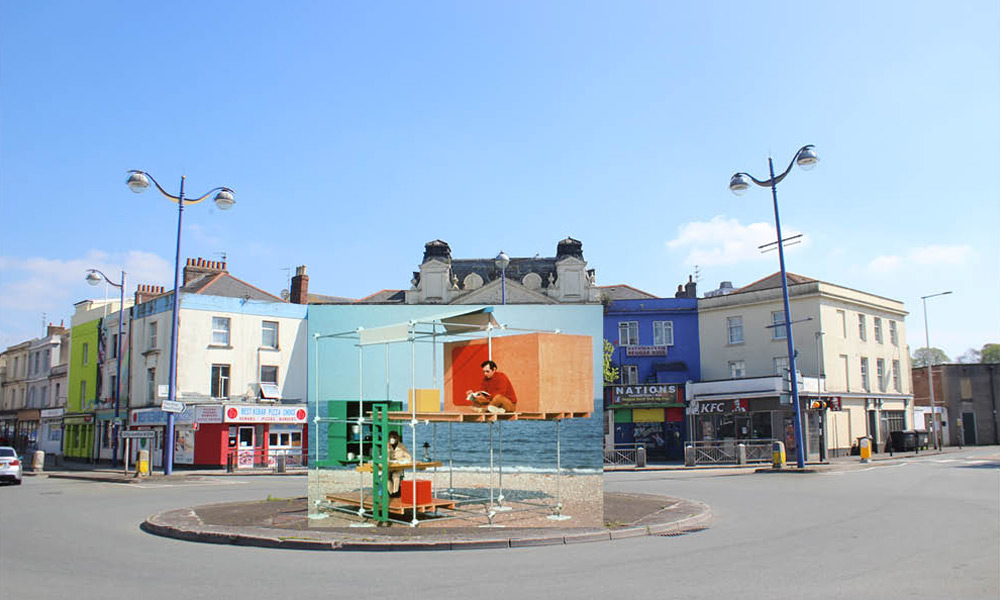
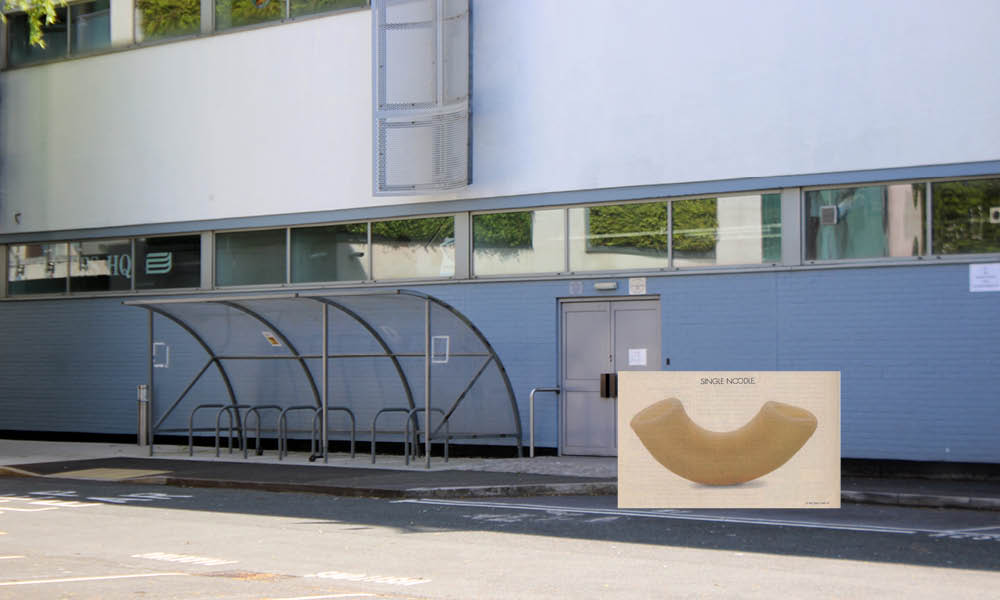
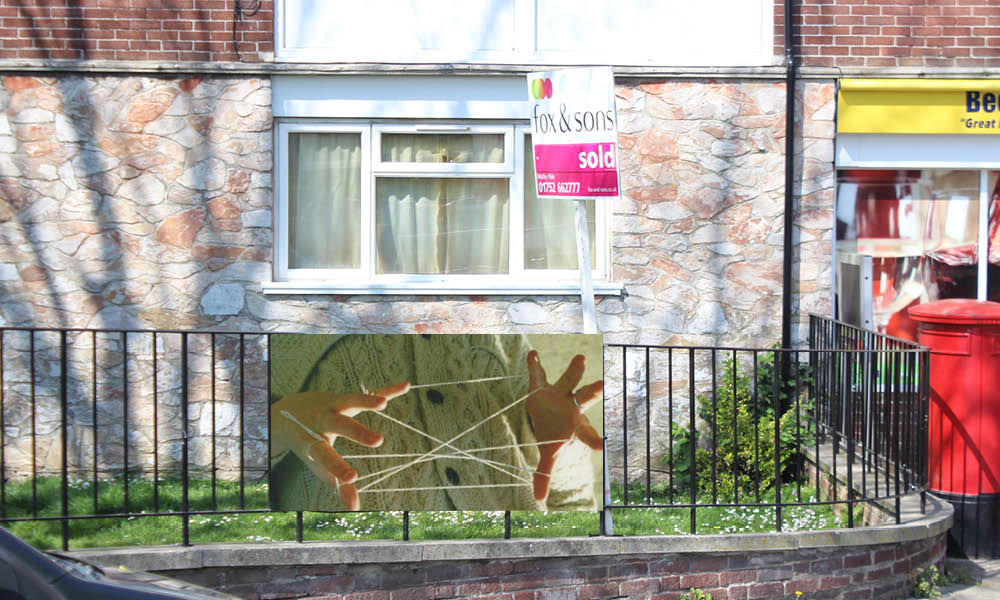


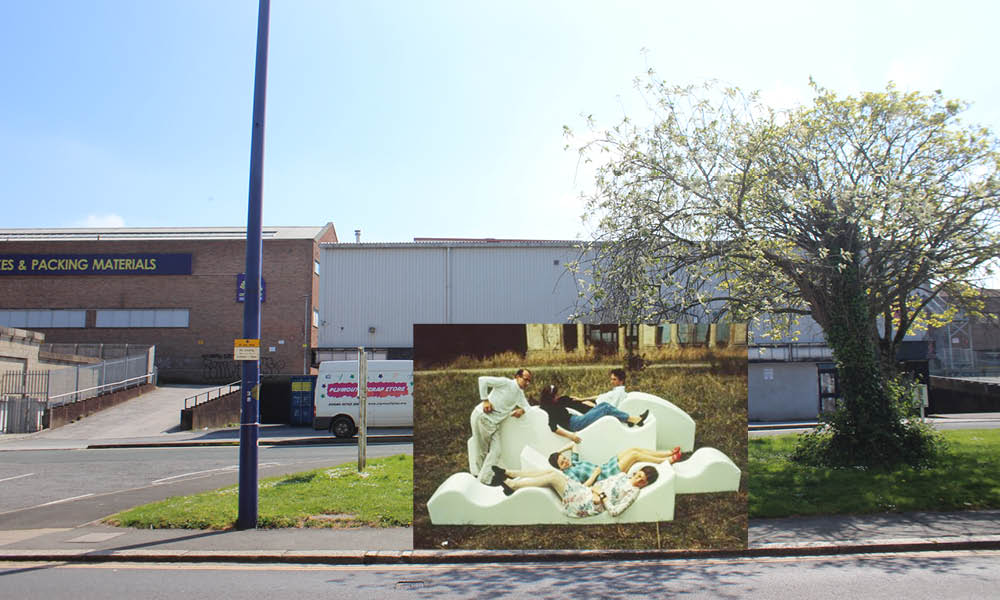


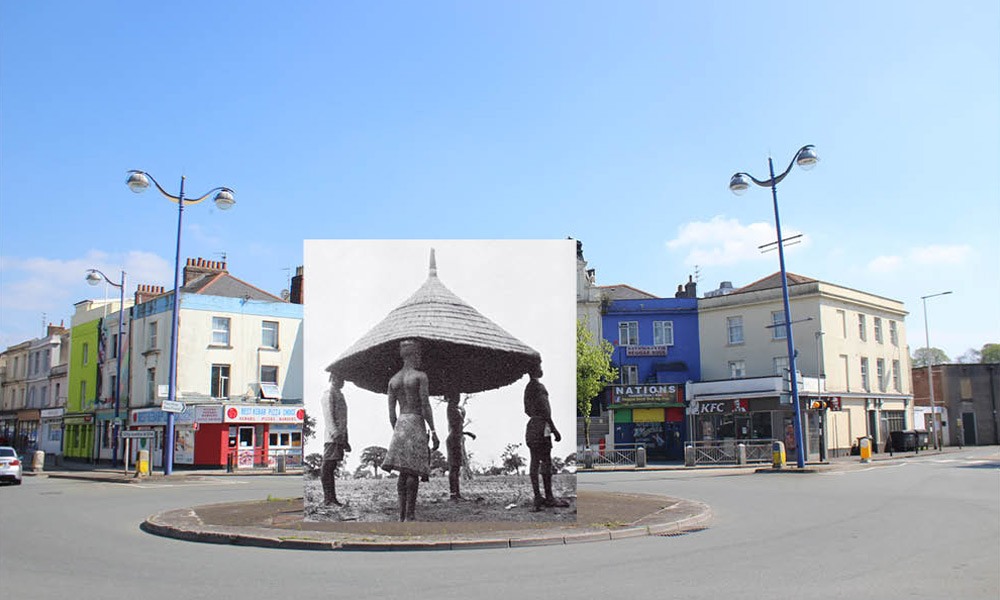


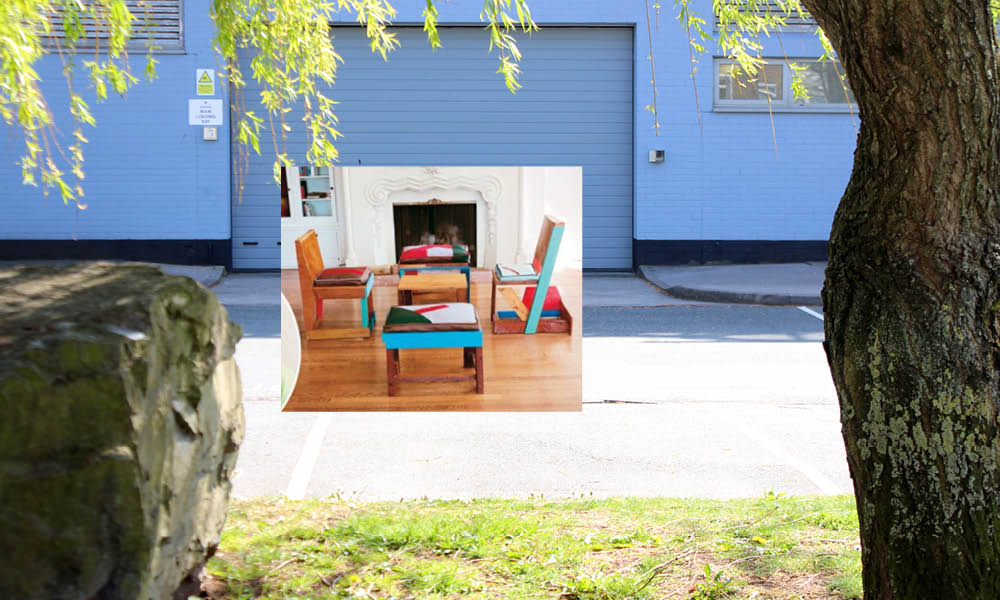
Quick collage college:
Collage is defined as a piece of art made by sticking various different materials such as photographs and pieces of paper or fabric on to a backing.
I make collages because I like playing with images. Collage allows you to hijack an image; use someone else’s face or thing in your own work - this can be playful or political. It also means you can quickly make flat areas of colour or shapes of texture easily, and you can try it in different positions before you stick it down, even then you can peel it off, unlike painting!
Collage is also often to do with collecting - many people who use collage are often interested in pictures and visual culture and have vast and interesting collections of pictures from different places. I especially like collecting images from old art books and craft guides, pictures of made objects or the making of objects.
You may be familiar with these artists but I wanted to look at some of my different influences related to collage:
Hannah Hoch

‘Untitled’, 1930, collage
Hannah Hoch’s surreal collages used almost exclusively found images from across cultures. With them she subtly (and sometimes not so) challenged the way bodies, usually the female one, are viewed in art and portrayed in culture as well as creating fairy tale-like narratives in her images.
David Hockney

‘Robert Littman Floating in My Pool Oct. 1982’, Photographic collage
David Hockney has experimented with most art forms as he is generally creative and curious and interested in how different ways of making pictures can allow him to say different things. Some of his drawings and paintings feel like they have been made from a collage as they have strange compositions of seemingly unrelated elements. He also made collages, or photo montages (what he called ‘joiners’) using photos of a scene or object taken from multiple viewpoints, challenging the usual single viewpoint method of photography.
Sarah Crowner

Collage, 2011
Sarah Crowner makes large scale stitched paintings and installations but much of her work starts as collages using her collection of images related to art history, especially that related to women artists. Collage can work well as a tool to help compose elements for a larger work or try out new things at a smaller scale.
Sarah Charlesworth

‘Buddha of Immeasurable Light’, 1987, Cibachrome with frame, diptych
Sarah Charlesworth made immaculately produced images that were perfectly cut collages that she rephotographed, as photography was her medium. She also photographed objects against coloured backgrounds and made them look very flat so they almost looked like collages, again asking us to question not only what the things in images mean but how the way an image is made can help or disrupt this.
Ruth Van Beek
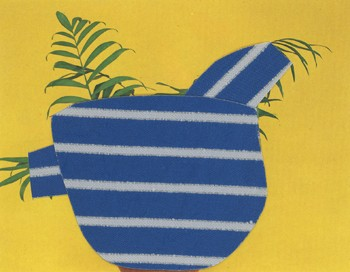
Houseplant in Alysi textile’, collage 2019
Ruth Van Beek is a contemporary artist who uses collage with photos and hand painted elements. What initially seems flippant, fun and intuitive becomes more admirable for the sensitive attention to form, composition and colour, but still with a playful edge. Ruth Van Beek self publishes her own books, common with collage artists as they are usually at a smaller scale and fit the format of a book well, often as the images in the collages themselves are taken from books.
Camille Henrot
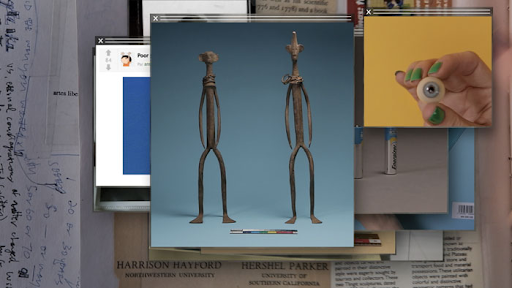
‘Grosse Fatigue’, digital video still, 2013
Camille Henrot makes sculptures and films that are very collage like, she also makes collages on paper. Her films are thought provoking combinations of images from different times and cultures often with a narrative that runs through them. Her work asks me how stories and pictures work in forming our ideas of ourselves and the world around us.
Now it’s your turn - would you like to make a collage?
You may need:
an image of Union Street (for a background), there are 4 different ones you can download and print
here, here, here and here.
some cut out images (from a magazine, junk mail, photo, book or newspaper)
and some coloured pieces of paper.
I want us to think about producing an image that says something about ‘union’ here on Union Street. Feel free to draw or add textures, text and cut or rip up the pictures and paper in a way to make new shapes or meanings.
The elements themselves and the way you put them together could say something about union, or you could see the very act of putting different things together as an act of union. Your collage might be abstract or it could tell a more specific story. It could be imagined or it could be something you’ve read, seen or experienced - it’s up to you!
You can collage with sellotape, glue or anything else sticky, you can make it clean or as messy as you like, you could even make the collage digitally on computer if you want. There is no one way to collage!
You can either email the image to me williamluz@plymouthartweekender.com
post the image back to me (email for address)
I will exhibit some of the images I receive back here.
Thanks for exploring Union with me. It’s nice to feel together in this isolated time, I’m excited to see what you make!
Don’t forget to take a photo of it and if you like share it on Instagram with the hashtag #apavilionforus
instagram: @apavilionforus / www.apavilionforus.co.uk
BACK
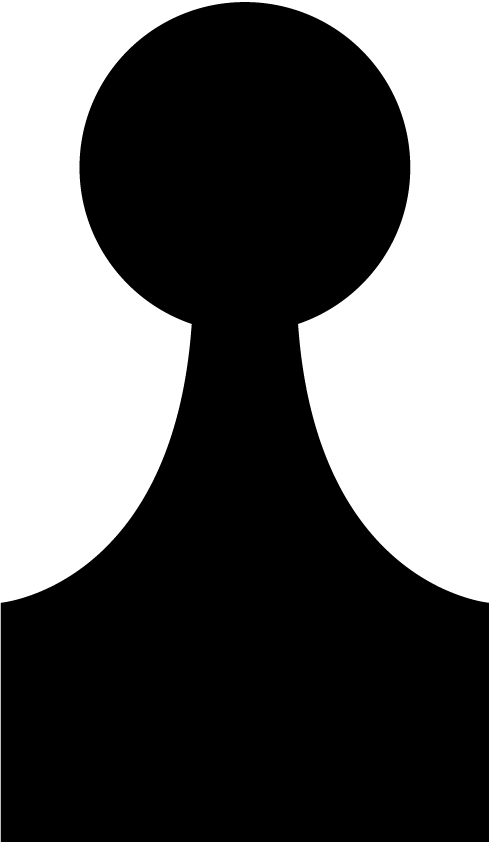
For more information, email:
williamluz@plymouthartweekender.com
‘A Pavilion For U.S.’ is a project for Plymouth Art Weekender 2020
commissioned by Visual Arts Plymouth CIC and Nudge Community Builders, with support from Arts Council England and Creative Civic Change.


